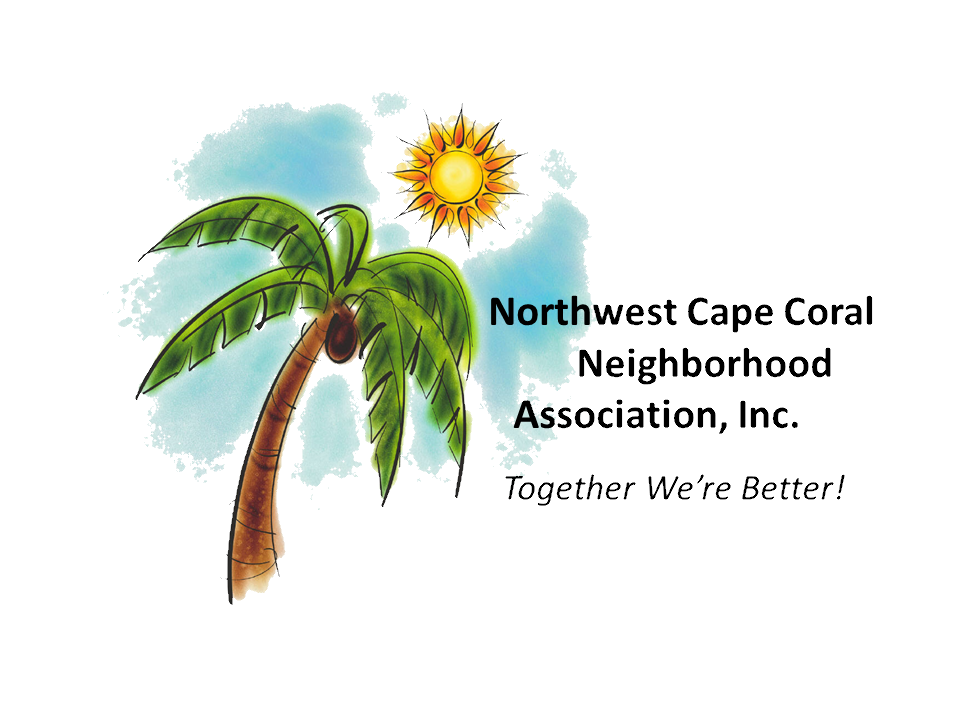Bioswales Update
The city's Utilities Expansion Project (UEP) Manager provided the following information relative to bioswales being added in specific areas in Contracts 1 and 2.
Bioswales will only be constructed in approximately four percent of the swales in Contracts 1 and 2. Due to grant funding, the city negotiated separate pricing for the construction of the bioswales in these two contract areas.
The bio-activated media used in the bioswales is proprietary and is acquired from the suppliers located in Central Florida. The decision to construct the bioswales was made at the end of the project to minimize costs related to material delivery, storage and handling of the bioswale media.
This is the first time bioswales will be constructed in our city. The city has been actively seeking and obtaining, grants from local, state and federal sources to help with construction costs. In fact, North 2 has received about $2.6 million from South Florida Water Management District (SFWMD) and Florida Department of Environmental Protection (FDEP) for Total Maximum Daily Limit (TMDL) and alternative water supply grants.
Your Questions Answered
What are bioswales?
Bioswales are channels designed to concentrate and convey stormwater runoff while removing debris and pollution. Bioswales can also be beneficial in recharging groundwater. Bioswales are typically vegetated, mulched, or xeriscaped. They consist of a swaled drainage course with gently sloped sides.
Why are they important?
Bioswales are intended to remove pollutants and nutrients from storm water, which helps to improve the water quality in our surface waters, including city canals and adjacent water bodies such as Pine Island Sound and Matlacha Pass.
Where will they be located?
They will be located in an area between Burnt Store Road and Old Burnt Store Road south of the Bonefish Canal, generally in the Ceitus Parkway and Embers Parkway areas. The swales are located along city streets between the edge of the pavement and the right-of-way line. We are installing them in front of developed properties, to minimize impacts from new home construction.

